Home>Garden Essentials>How Long Does San Pedro Take To Grow From Seed
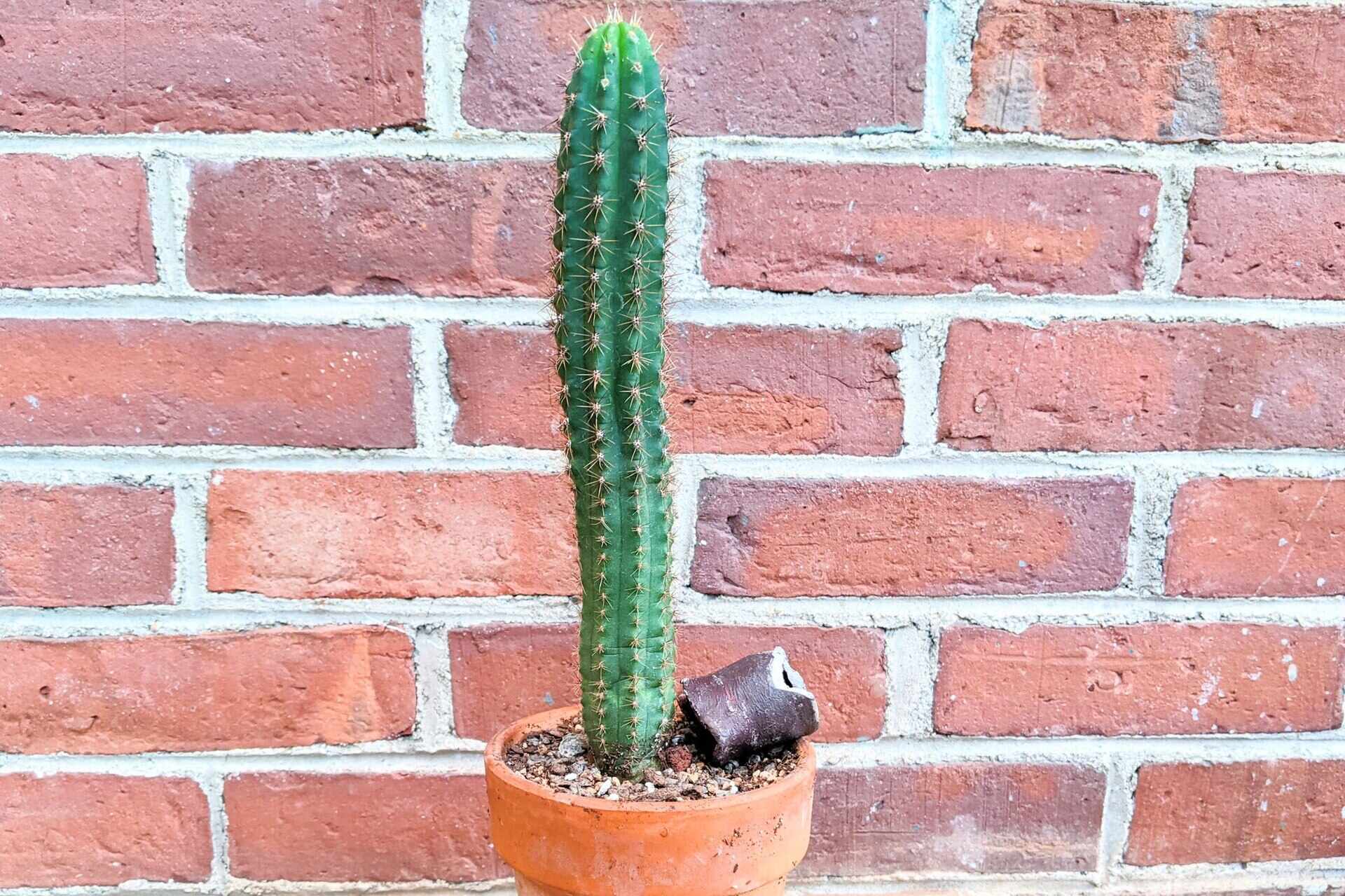

Garden Essentials
How Long Does San Pedro Take To Grow From Seed
Modified: March 16, 2024
Discover how long it takes for San Pedro cactus to grow from seed in your garden. Find expert tips and advice on cultivating this majestic plant.
(Many of the links in this article redirect to a specific reviewed product. Your purchase of these products through affiliate links helps to generate commission for Storables.com, at no extra cost. Learn more)
Introduction
Welcome to the fascinating world of San Pedro cactus, scientifically known as Trichocereus pachanoi. Whether you are a gardening enthusiast or simply curious about plants, the San Pedro cactus is an intriguing species that captivates with its unique appearance and intriguing growth process. In this article, we will delve into the various stages of San Pedro growth, from seed to maturity, and explore the factors that influence its development.
Native to the Andes Mountains in South America, the San Pedro cactus has long been revered for its spiritual and medicinal properties. It is a columnar cactus that can reach remarkable heights of up to 20 feet or more and is adorned with beautiful green stems that are covered in spines.
As with any plant, the growth of the San Pedro cactus is influenced by a variety of factors, such as environmental conditions, soil quality, and proper care. By understanding these factors, gardeners can create an optimal environment for their San Pedro cacti to thrive and reach their full potential.
The growth of a San Pedro cactus can be divided into several distinct stages, each with its own unique characteristics and requirements. These stages include germination, seedling, vegetative, flowering, and finally, harvesting and maturity. Let’s explore each stage in more detail to gain a deeper understanding of the growth process of this remarkable cactus.
Before we embark on this journey through the stages of San Pedro growth, it’s important to note that growing from seed requires patience and dedication. The San Pedro cactus is a slow-growing plant, and it can take several years to reach maturity. However, the reward of witnessing the growth and development of this majestic cactus is well worth the wait.
So grab your gardening gloves and let’s dive into the enchanting world of San Pedro cactus growth, starting with the germination stage.
Key Takeaways:
- San Pedro cactus growth journey is a slow but rewarding process, from germination to maturity. Patience and care are essential for nurturing these majestic cacti to their full potential.
- Understanding the factors influencing San Pedro cactus growth, such as light, water, and temperature, is crucial for creating an optimal environment. Each growth stage requires attention and dedication for successful cultivation.
Factors Affecting San Pedro Growth
Various factors play a crucial role in the growth and development of San Pedro cacti. Understanding and addressing these factors is essential for ensuring healthy growth and maximizing the potential of these magnificent plants. Let’s explore the key factors that influence the growth of San Pedro cacti:
- Light: San Pedro cacti thrive in bright, indirect sunlight. Insufficient light can result in elongated and weak growth, while intense and direct sunlight can cause sunburn and damage. Finding the right balance by providing adequate, filtered sunlight is crucial for optimal growth.
- Temperature: San Pedro cacti are native to regions with a mild climate. They prefer temperatures between 60 to 80 degrees Fahrenheit (15 to 26 degrees Celsius) during the day and slightly cooler temperatures at night. Extreme cold or heat can stunt growth and even cause damage to the plant.
- Water and Soil: San Pedro cacti are adapted to dry conditions and require well-draining soil to prevent root rot. Overwatering can be detrimental, while underwatering can lead to dehydration and slowed growth. Finding the right balance and allowing the soil to dry out between waterings is crucial.
- Fertilization: San Pedro cacti are relatively low-maintenance when it comes to fertilization. However, providing a balanced cactus fertilizer during the growing season can promote healthy growth and vibrant green stems. It is important to follow the recommended dosage and frequency specified on the fertilizer packaging.
- Air Circulation: San Pedro cacti appreciate good airflow to prevent the growth of mold or fungal diseases. Proper ventilation helps to maintain a healthy environment and prevents stagnation of moisture around the plant.
- Pests and Diseases: Like any plant, San Pedro cacti are susceptible to pests and diseases. Common pests include mealybugs, aphids, and spiders mites. Regular inspection and prompt treatment are essential for preventing infestations and maintaining plant health.
- Pruning: Pruning San Pedro cacti is not necessary for growth, but it can help maintain a compact and aesthetically pleasing shape. Pruning should be done sparingly, and any cuts made should be clean to prevent infections.
By carefully considering and addressing these factors, you can create an environment that fosters healthy growth and vibrant development in your San Pedro cacti. Remember to observe your plants closely and make adjustments as needed to ensure optimal conditions for growth.
Now that we have explored the factors that influence San Pedro growth, let’s examine the first stage of the growth process: germination.
Germination Stage
The germination stage marks the beginning of the San Pedro cactus’s growth journey. It is an exciting and crucial phase where the cactus begins its life from a tiny seed. Although it may seem like a straightforward process, germination requires specific conditions to be successful.
San Pedro cactus seeds can be obtained from mature cacti or purchased from reputable suppliers. To achieve successful germination, it’s important to provide the ideal environment for the seeds. Here are the key steps to follow during the germination stage:
- Seed scarification: San Pedro cactus seeds have a tough outer coating that can inhibit germination. It is beneficial to scarify or gently nick the surface of the seeds using a file or sandpaper. This process helps water penetrate the seed and kickstart the germination process.
- Seed stratification: San Pedro cactus seeds benefit from a period of cold stratification, simulating the natural winter conditions they would experience in their native habitat. Place the scarified seeds in a sealed bag with a damp paper towel and refrigerate them for several weeks. This cold stratification enhances germination rates.
- Germination medium: Prepare a well-draining germination medium by combining equal parts of cactus potting mix and perlite. Fill a seed tray or small pots with this medium, leaving enough room for the seeds to be planted. Moisten the medium lightly but avoid overwatering.
- Planting the seeds: Gently press the scarified seeds into the moistened germination medium, ensuring they are in contact with the soil. Cover the seeds lightly with a thin layer of the germination medium to secure them in place.
- Optimal conditions: Place the seed tray or pots in a warm and well-lit area where they can receive ample indirect sunlight. Avoid placing them in direct sunlight, as it can lead to overheating and seedling damage.
- Watering: During the germination stage, it is essential to keep the germination medium lightly moist. Mist the medium with water when it starts to dry out, but be cautious not to overwater, as this may cause the seeds to rot.
- Patience and monitoring: Germination can take anywhere from a few weeks up to several months, so patience is crucial. Regularly monitor the seed tray or pots for any signs of germination, such as tiny sprouts breaking through the soil surface.
By following these steps and providing the ideal conditions, you can increase the chances of successful germination for your San Pedro cactus seeds. The germination stage is just the beginning, as it sets the foundation for the seedlings to thrive and grow in the subsequent stages.
Now that we have covered the germination stage, let’s move on to the next phase of the San Pedro cactus’s growth journey: the seedling stage.
Seedling Stage
The seedling stage is an exciting phase in the growth of San Pedro cacti. It is during this stage that the tiny sprouts emerge from the soil and begin their journey towards becoming mature cacti. The seedling stage requires careful attention and nurturing to ensure healthy growth and development.
Here are the key factors to consider during the seedling stage of San Pedro cactus growth:
- Light: Seedlings need plenty of bright, indirect sunlight to fuel their growth. Place them in a location where they can receive at least six hours of sunlight per day. If natural sunlight is limited, you can supplement it with a grow light to provide the necessary light spectrum.
- Temperature: Seedlings prefer warm temperatures between 70 to 80 degrees Fahrenheit (21 to 27 degrees Celsius). Avoid exposing them to extreme temperature fluctuations, as it can hinder growth and stress the delicate plants.
- Watering: Seedlings have delicate root systems and are more susceptible to overwatering. Water them sparingly, allowing the soil to dry out slightly between waterings. Aim to maintain a moist but not soggy soil environment.
- Fertilization: During the seedling stage, it is best to hold off on fertilization. The nutrients present in the soil should be sufficient to support initial growth. Once the seedlings have established a stronger root system, you can introduce a diluted, balanced cactus fertilizer.
- Potting up: As the seedlings grow and develop, they will outgrow their initial containers. Carefully transplant them into larger pots, providing ample room for their roots to spread. Use a well-draining cactus potting mix to encourage healthy root growth.
- Protection: Seedlings are more vulnerable to pests and diseases. Regularly inspect your seedlings for any signs of infestation, such as mealybugs or spider mites. Take prompt action to address any pest issues and provide adequate ventilation to prevent fungal growth.
- Hardening off: Eventually, the seedlings will require gradual exposure to outdoor conditions to develop resilience. Harden them off by gradually introducing them to outdoor environments, starting with a few hours of sheltered outdoor time and gradually increasing exposure over a week or two.
The seedling stage is an important period of growth, where the San Pedro cacti establish their roots and develop the initial structure of their stems. By providing the right balance of light, temperature, and care, you can encourage strong and healthy seedlings.
Now that we have covered the seedling stage, let’s continue our journey into the next phase: the vegetative stage of San Pedro cactus growth.
San Pedro cactus seeds can take anywhere from 2-8 weeks to germinate. Once germinated, they can take 3-5 years to reach a mature size for harvesting. Patience is key when growing San Pedro from seed!
Vegetative Stage
The vegetative stage is a period of rapid growth and development for San Pedro cacti. During this stage, the cacti focus on increasing their size and developing more branches and stems. Proper care and attention during the vegetative stage are crucial to ensure healthy and robust plant growth.
Here are the key aspects to consider during the vegetative stage of San Pedro cactus growth:
- Light: San Pedro cacti thrive in bright, indirect sunlight. Place them in a location where they can receive at least six to eight hours of sunlight per day. If growing indoors, consider using grow lights to provide the necessary light spectrum.
- Temperature: San Pedro cacti prefer warm temperatures between 70 to 90 degrees Fahrenheit (21 to 32 degrees Celsius) during the day. Night temperatures can be slightly cooler, but avoid exposing them to frost or extreme cold.
- Watering: During the vegetative stage, San Pedro cacti require regular watering. Water them deeply, allowing the soil to dry out partially between waterings. Be mindful not to overwater, as this can lead to root rot and other issues.
- Fertilization: San Pedro cacti benefit from regular fertilization during the vegetative stage. Apply a balanced cactus fertilizer every four to six weeks, following the package instructions for dosage. This helps provide the necessary nutrients for healthy growth.
- Pruning: Pruning is not necessary during the vegetative stage but can be done to shape the cacti and promote denser growth. If desired, trim off any unwanted or damaged branches to maintain a neat appearance. Ensure the pruning tools are clean to prevent the spread of diseases.
- Support: As the San Pedro cactus grows taller and develops more branches, providing support becomes important. Use stakes or bamboo poles to support the plant and prevent it from bending or toppling over. Tie the cactus gently to the support structure using soft ties or plant clips.
- Protection: Monitor the cacti closely for any signs of pests or diseases. Common pests include scale insects and mealybugs. Should an infestation occur, promptly treat the affected areas with appropriate organic or chemical control methods.
The vegetative stage is an exciting period where San Pedro cacti showcase vigorous growth and expand their size and shape. By providing the right balance of light, water, fertilization, and care, you can encourage robust growth and prepare the cactus for its eventual flowering stage.
Now that we have explored the vegetative stage, let’s continue our journey into the next phase: the flowering stage of San Pedro cactus growth.
Flowering Stage
The flowering stage is a highly anticipated and visually stunning phase in the growth of San Pedro cacti. During this stage, the cacti produce beautiful and fragrant flowers, adding a touch of vibrancy and elegance to their overall appearance. Understanding the flowering stage is essential for appreciating the captivating beauty of these cacti.
Here are the key aspects to consider during the flowering stage of San Pedro cactus growth:
- Timing: San Pedro cacti typically reach their flowering stage after several years of growth. The exact timing can vary depending on various factors such as the age of the plant, environmental conditions, and overall health. On average, San Pedro cacti may start flowering from five to ten years old.
- Flower development: The development of San Pedro cactus flowers is a gradual process. Initially, small buds emerge from the areoles on the cactus stems. These buds slowly grow and expand over time until they reach their full size and burst open to reveal the colorful and fragrant flowers.
- Flower characteristics: San Pedro cactus flowers are typically white, cream, or pale pink in color. They are large, trumpet-shaped, and can measure up to several inches in diameter. The flowers usually bloom during the warmer months, including spring and summer.
- Pollination: San Pedro cactus flowers rely on pollinators, such as bees, moths, and hummingbirds, for pollination. These creatures are attracted to the flowers’ vibrant colors and sweet fragrance. Cross-pollination between different San Pedro cacti can lead to genetic diversity and the production of fertile seeds.
- Seed production: After successful pollination, the San Pedro cactus flowers will gradually fade and wilt. Eventually, they are replaced by seed pods that contain numerous tiny seeds. These seed pods will mature and eventually split open, dispersing the seeds to start the cycle of new growth.
- Care during flowering: During the flowering stage, it is important to continue providing proper care to the San Pedro cactus. Ensure adequate sunlight, water, and fertilization. Avoid disturbing the blooming flowers to prevent damage or premature wilting.
- Enjoyment and observation: The flowering stage is a visually captivating and rewarding experience for San Pedro cactus growers. Take the time to observe and appreciate the beauty of the blooming flowers. Capture the moments through photographs or create artwork inspired by these remarkable natural displays.
The flowering stage is a highlight in the growth journey of San Pedro cacti, rewarding gardeners with stunning blooms and a sense of fulfillment. By providing the necessary care and creating a favorable environment, you can witness the breathtaking beauty of these flowers as they grace your San Pedro cacti.
Now that we have explored the flowering stage, let’s move on to the final phase: harvesting and maturity.
Harvesting and Maturity
The final phase of the San Pedro cactus’s growth journey is the harvesting and maturity stage. This stage represents the culmination of years of patience and care, as the cactus reaches its full growth potential and becomes ready for harvest. Understanding how to identify maturity and when to harvest is important to make the most of your San Pedro cactus.
Here are the key aspects to consider during the harvesting and maturity stage of San Pedro cactus growth:
- Growth and size: A mature San Pedro cactus can reach impressive heights, often exceeding 15 feet (4.5 meters) or more. The stems or columns of the cactus will have thickened and developed multiple branches, giving it a fuller appearance.
- Age considerations: San Pedro cacti typically take several decades to reach full maturity. While the growth rate can vary depending on various factors, it is important to allow the cactus enough time to develop fully before considering harvesting.
- Testing for alkaloid content: One indication of maturity in San Pedro cacti is the presence of alkaloids such as mescaline. Testing the alkaloid content can be done using specific testing kits or through laboratory analysis, ensuring that the cactus has reached a point where it contains significant alkaloid levels.
- Timing of harvest: The ideal time for harvest is when the cactus has reached maturity and meets the desired alkaloid level. Harvesting can be done by carefully cutting the desired sections of the cactus stem, ensuring you use a sanitized cutting tool to minimize the risk of contamination or disease spread.
- Post-harvest care: After harvesting the desired sections, the remaining cactus can continue to grow and develop. Proper care, including adequate sunlight, watering, and fertilization, should be continued to support the health of the remaining plant.
- Utilization of harvested sections: The harvested sections of the San Pedro cactus can be used for various purposes such as spiritual ceremonies, medicinal preparations, or ornamental displays. It is important to research and understand the appropriate and responsible use of these sections.
- Proper disposal of waste: When harvesting and working with San Pedro cacti, it is essential to dispose of any waste responsibly. This includes the remaining sections of the harvested stem, as well as any trimmings or cuttings. Follow local regulations for proper disposal or consider composting the organic waste.
The harvesting and maturity stage represents the culmination of your journey with the San Pedro cactus. It is a time to appreciate the beauty and potential of this remarkable plant, while also considering the responsible and ethical use of the harvested sections.
Congratulations on completing the journey through the various stages of San Pedro cactus growth! Whether you continue caring for your mature cacti or start anew with the germination stage, the experience of nurturing and witnessing the growth of these unique cacti is truly rewarding.
Now, armed with knowledge and passion, you can embark on your own San Pedro cactus adventure and marvel at the wonders of nature.
Conclusion
The growth journey of the San Pedro cactus, from seed to maturity, is a remarkable and rewarding experience for plant enthusiasts and curious observers alike. Throughout the stages of germination, seedling, vegetative, flowering, and harvesting, the San Pedro cactus captivates with its unique beauty and awe-inspiring growth patterns. By understanding the factors influencing its growth and providing the necessary care, you can witness the transformation of a small seed into a grand and majestic cactus.
From providing the ideal lighting conditions to ensuring proper watering and fertilization, each stage requires attention and care. By nurturing your San Pedro cactus with patience and dedication, you can create an environment where it can thrive and reach its full potential. The slow growth of this cactus serves as a reminder that great things come to those who wait.
The flowering stage marks a moment of sheer delight, as the San Pedro cactus bursts into bloom, showcasing its exquisite flowers and releasing their heavenly fragrance. The satisfaction of witnessing these blooms is a testament to your commitment as a gardener or plant enthusiast.
The final stage of maturity and harvesting offers opportunities for spiritual and medicinal use, or simply the enjoyment of the cactus’s grandeur. It is important to approach the harvesting process with respect and responsibility, ensuring the proper utilization and disposal of the harvested sections.
Through each stage of the San Pedro cactus’s growth, you have had the privilege of witnessing the wonders of nature unfold before your eyes. The journey may have required patience, attention to detail, and adaptation to the plant’s needs, but the rewards are immeasurable.
Whether you continue your journey with the San Pedro cactus, explore other plant species, or simply admire the beauty of nature, may this experience serve as a reminder of the intricate and awe-inspiring world of plants. The growth of a plant holds the potential for transformation, teaching us valuable life lessons about patience, resilience, and the beauty of the natural world around us.
So, embrace the beauty of the San Pedro cactus and the joys of gardening, as you embark on new horticultural adventures and continue to appreciate the wonders of the green world.
Frequently Asked Questions about How Long Does San Pedro Take To Grow From Seed
Was this page helpful?
At Storables.com, we guarantee accurate and reliable information. Our content, validated by Expert Board Contributors, is crafted following stringent Editorial Policies. We're committed to providing you with well-researched, expert-backed insights for all your informational needs.
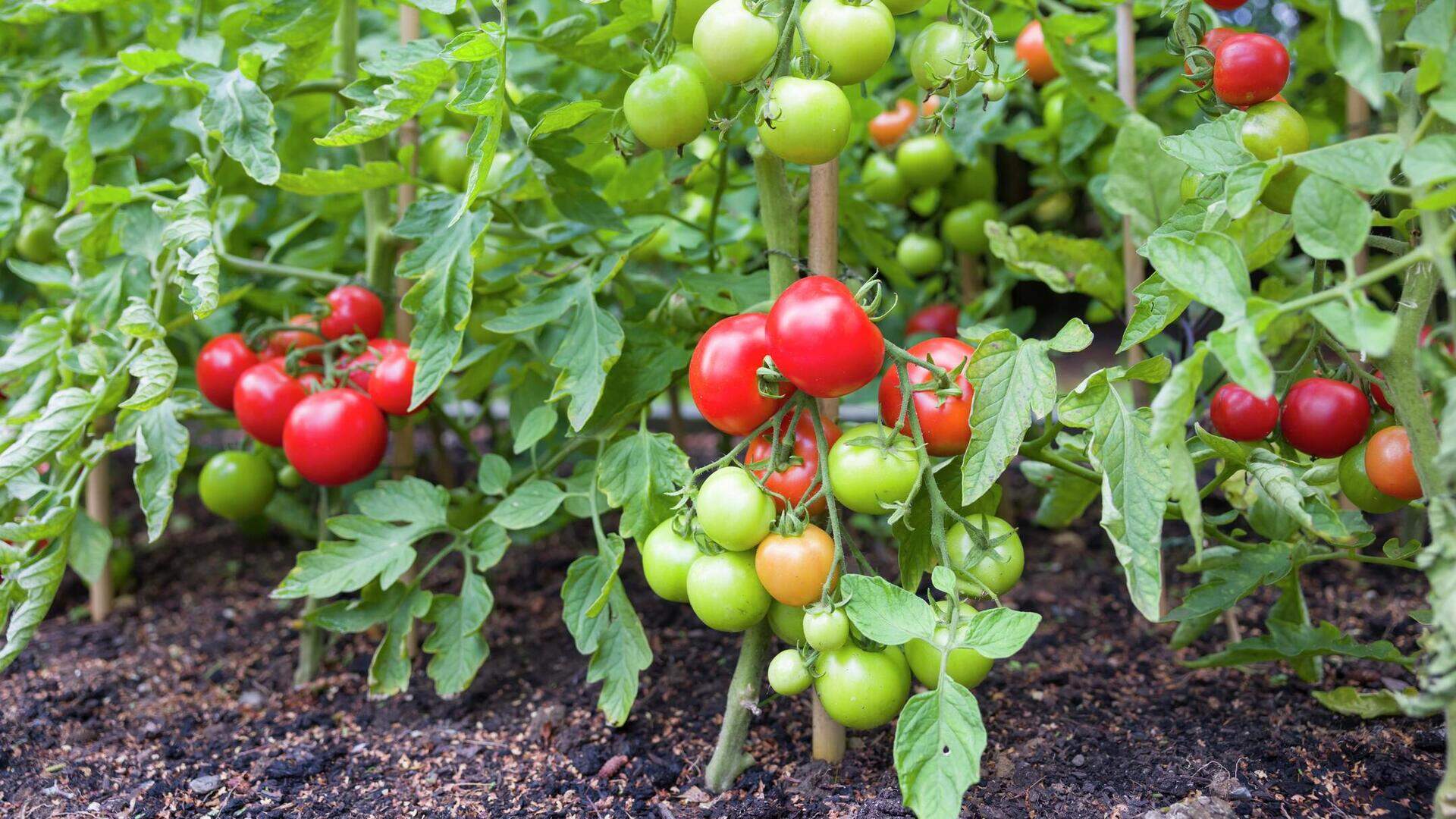
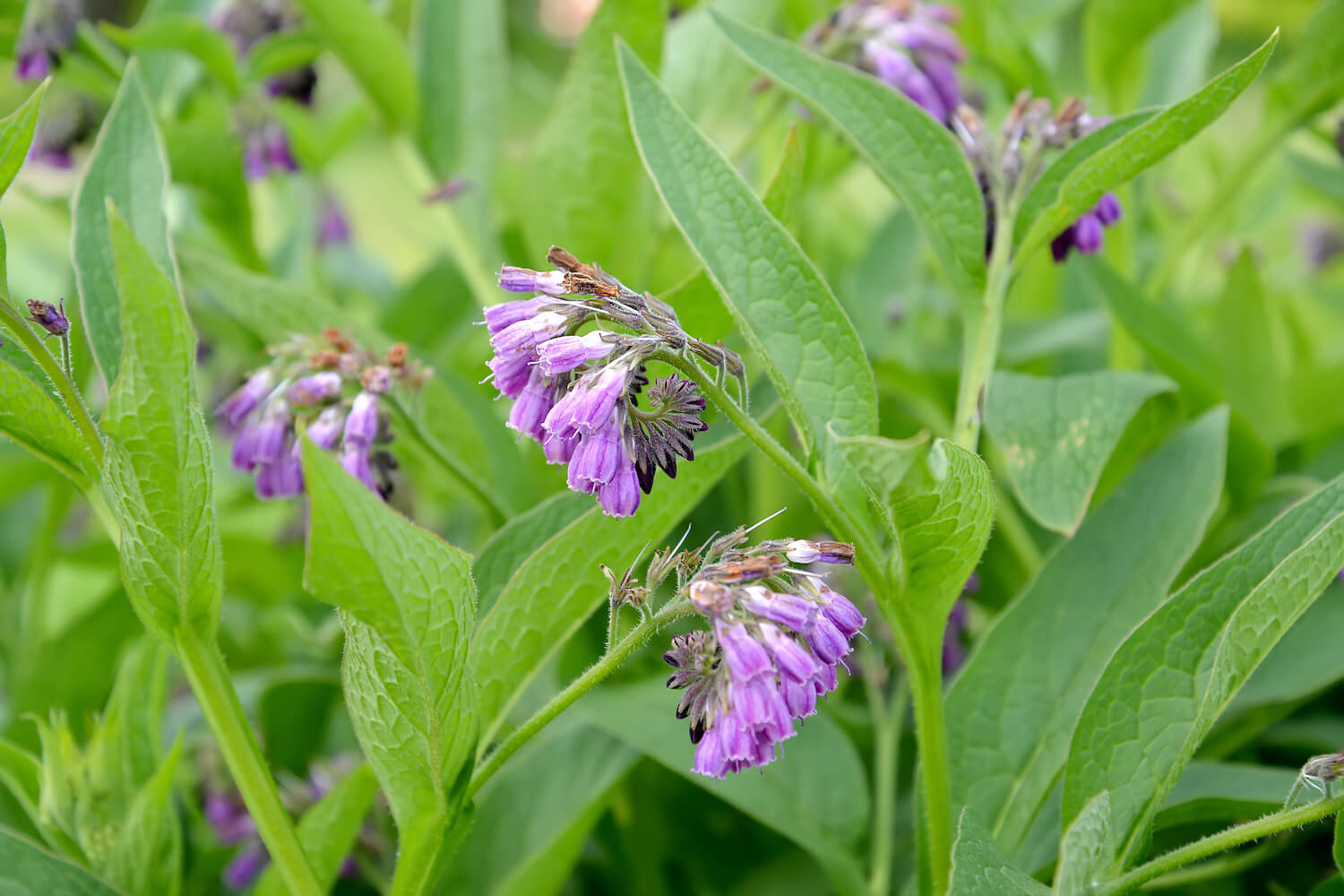
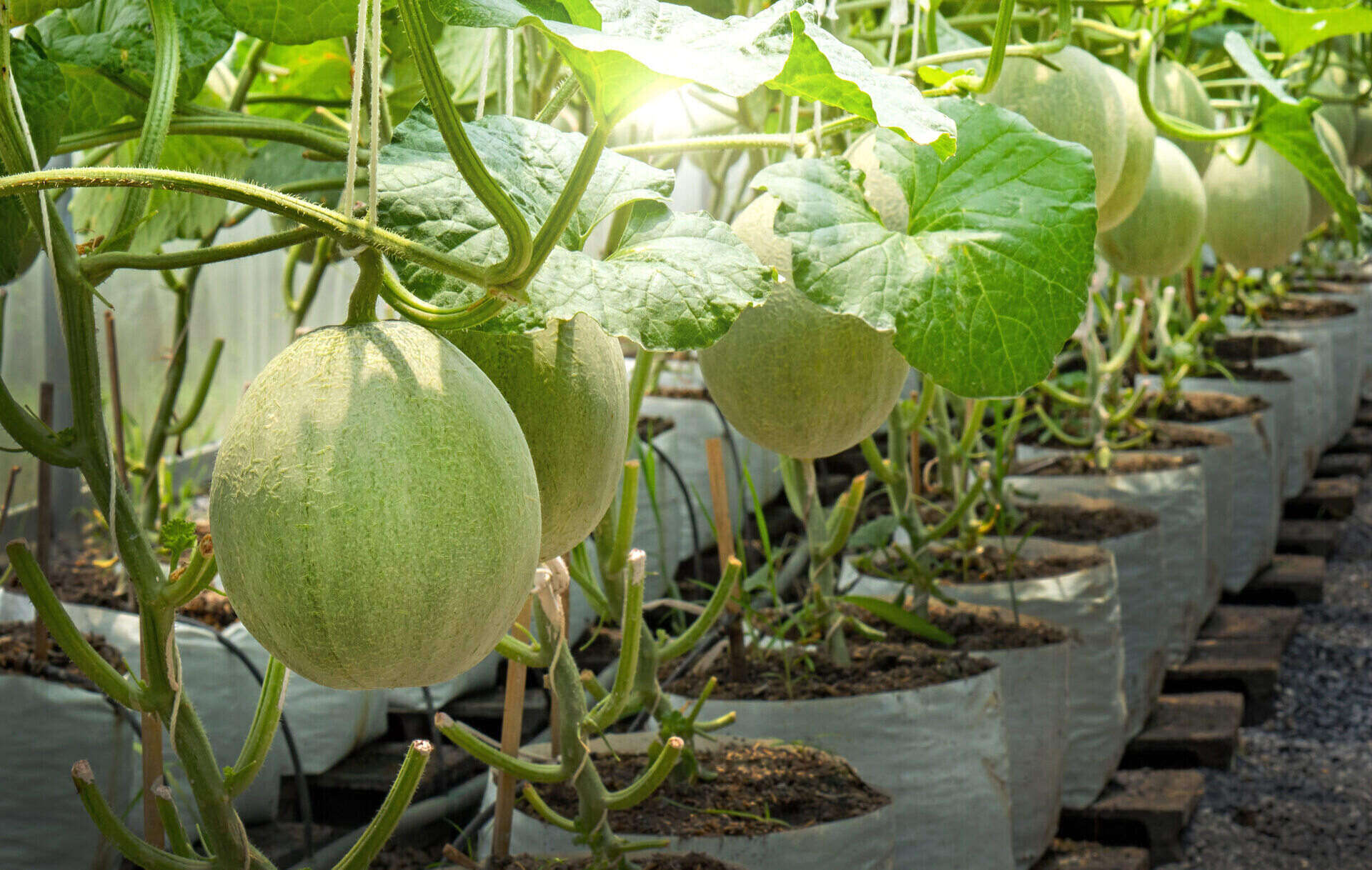
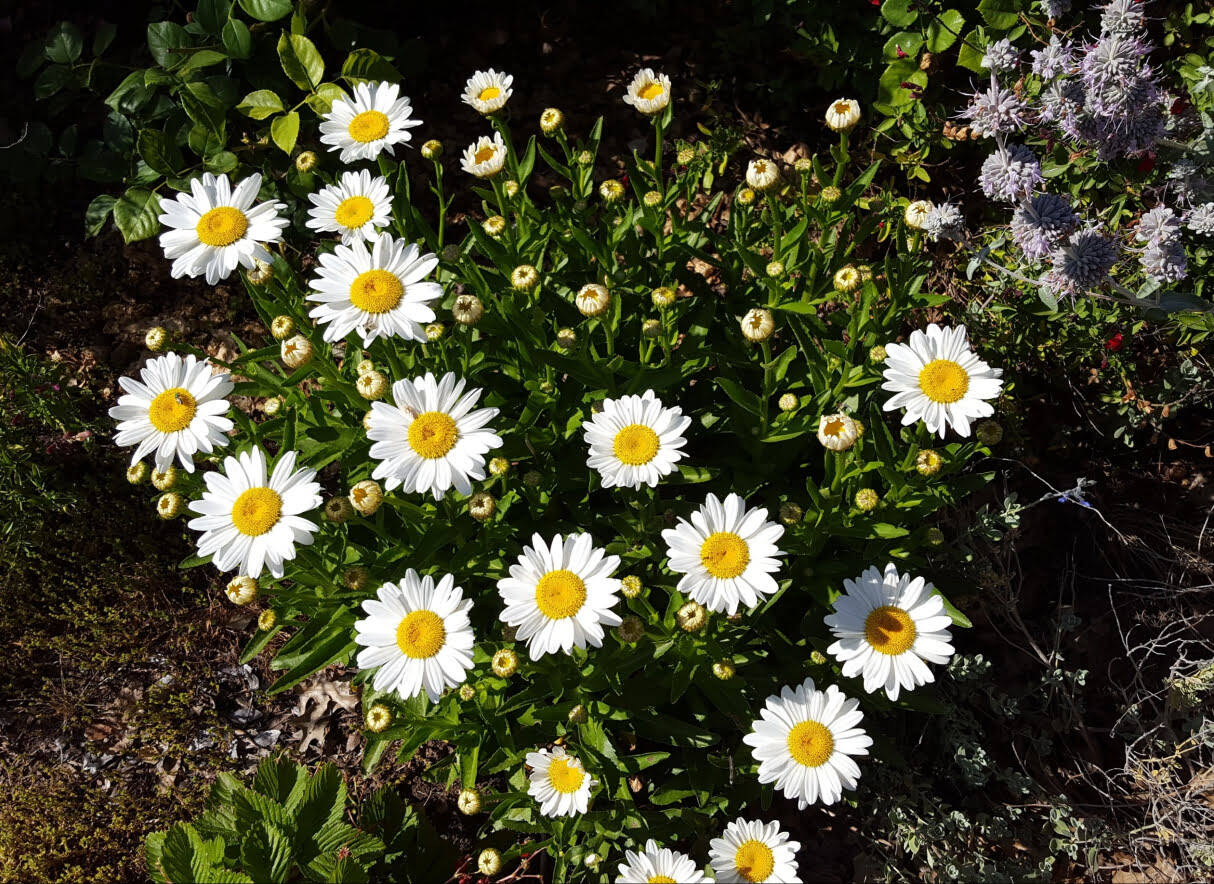
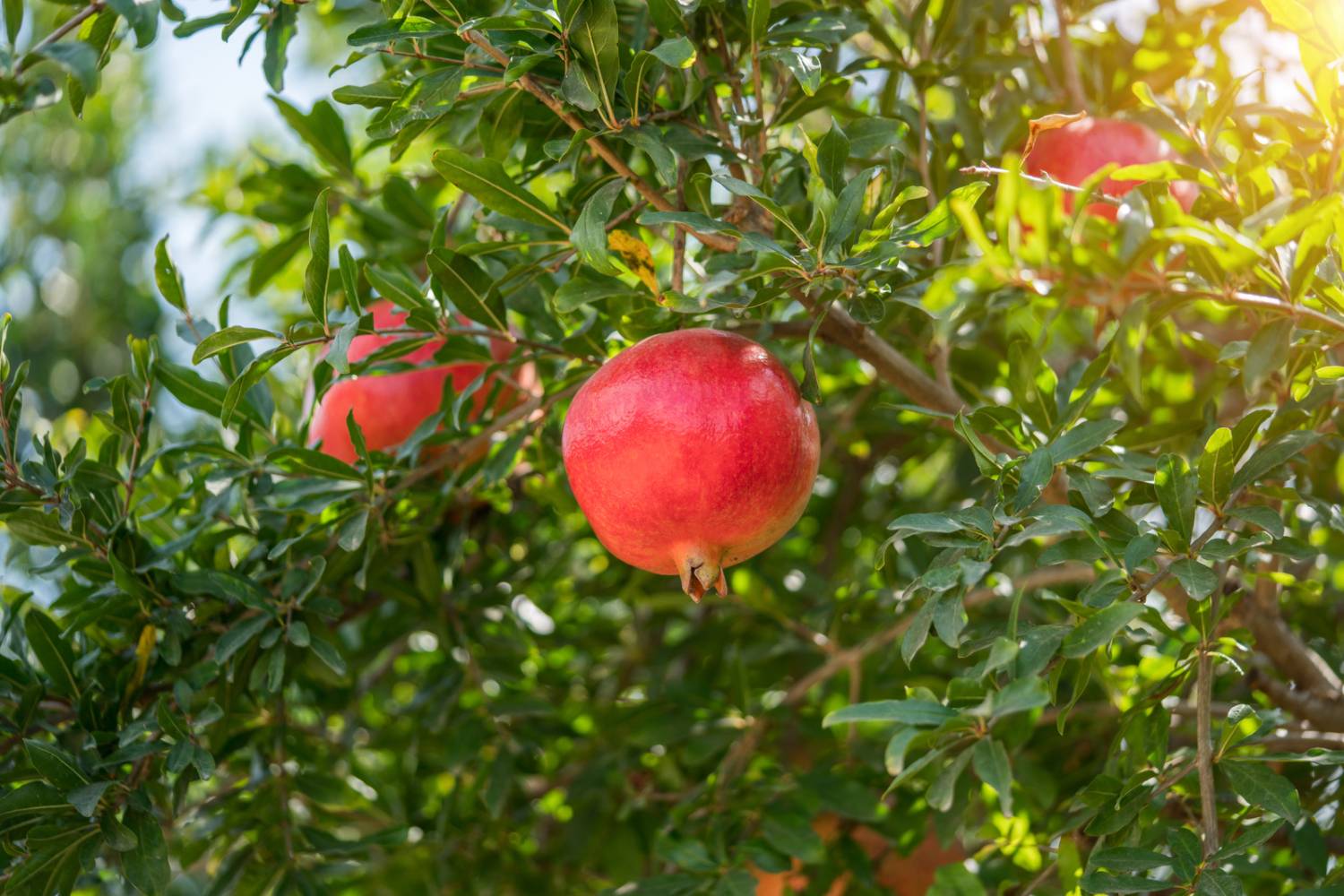
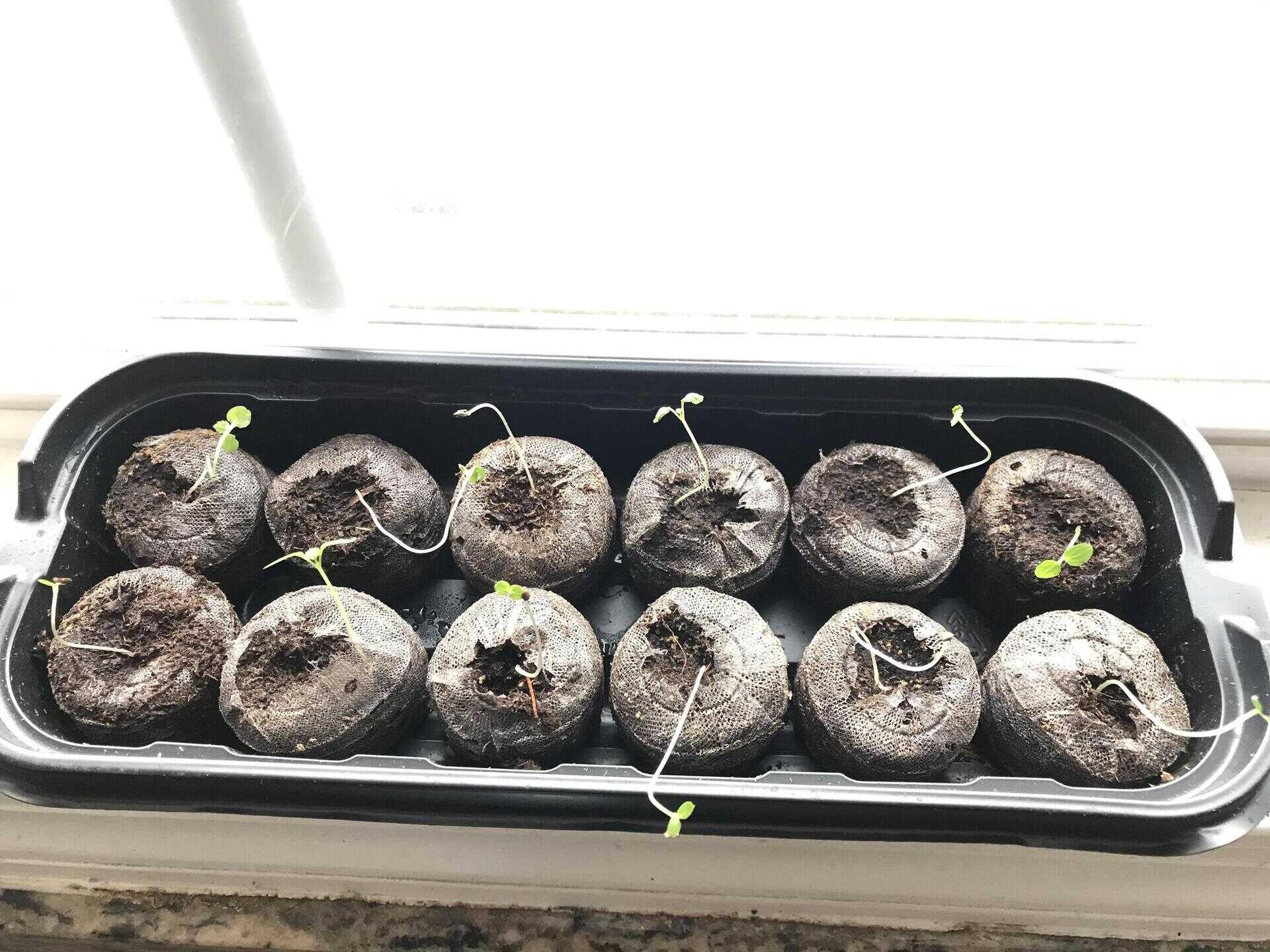
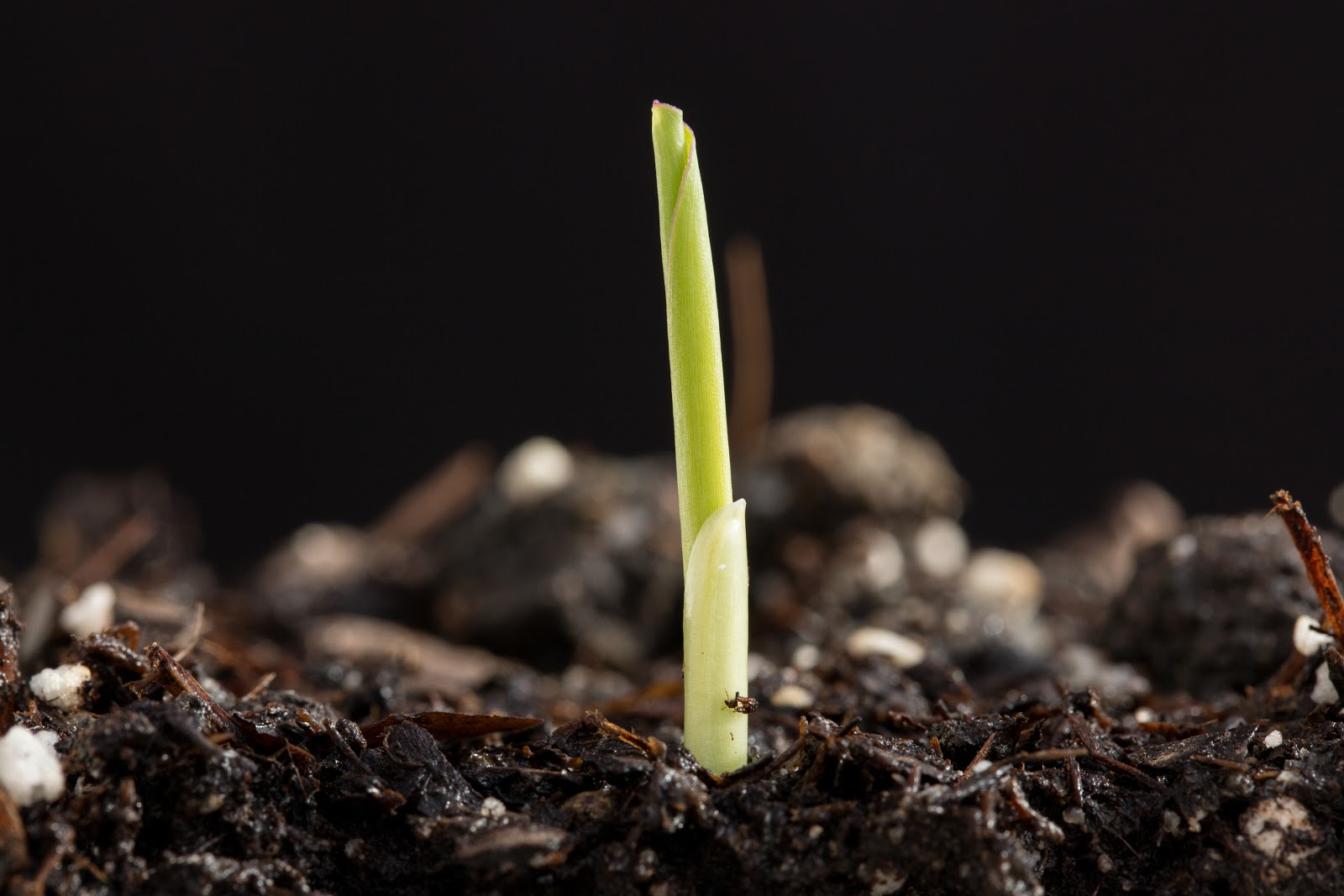
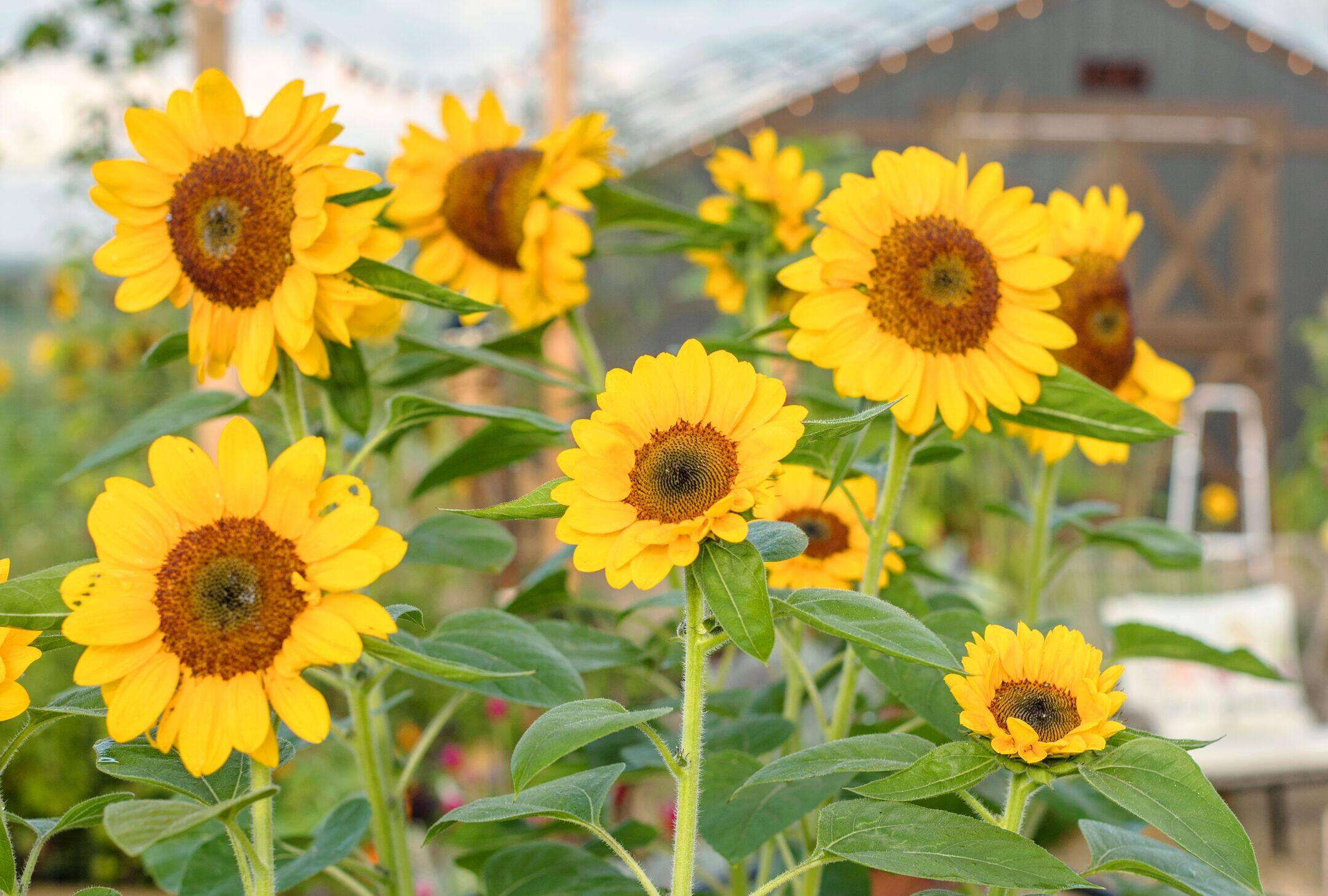
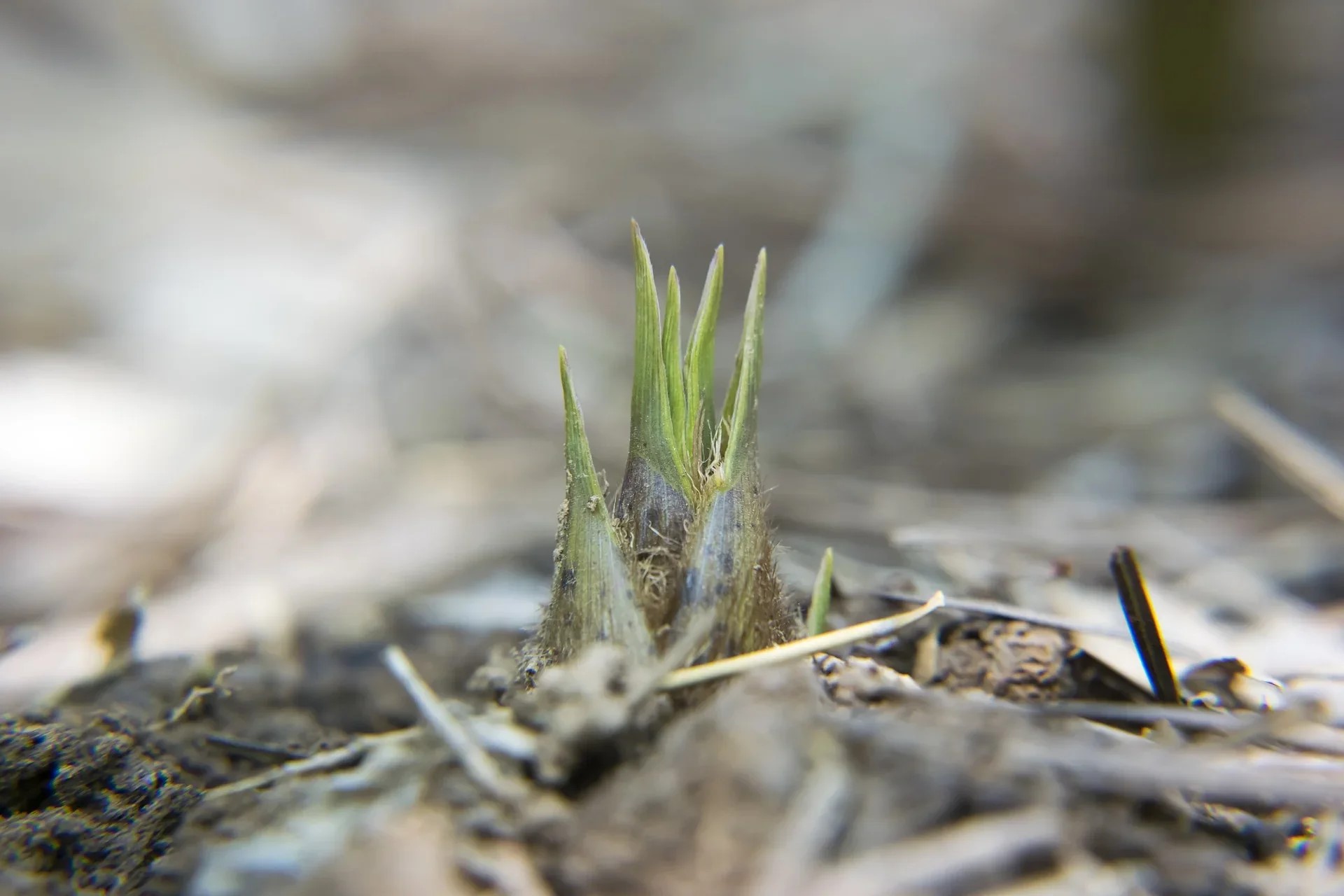
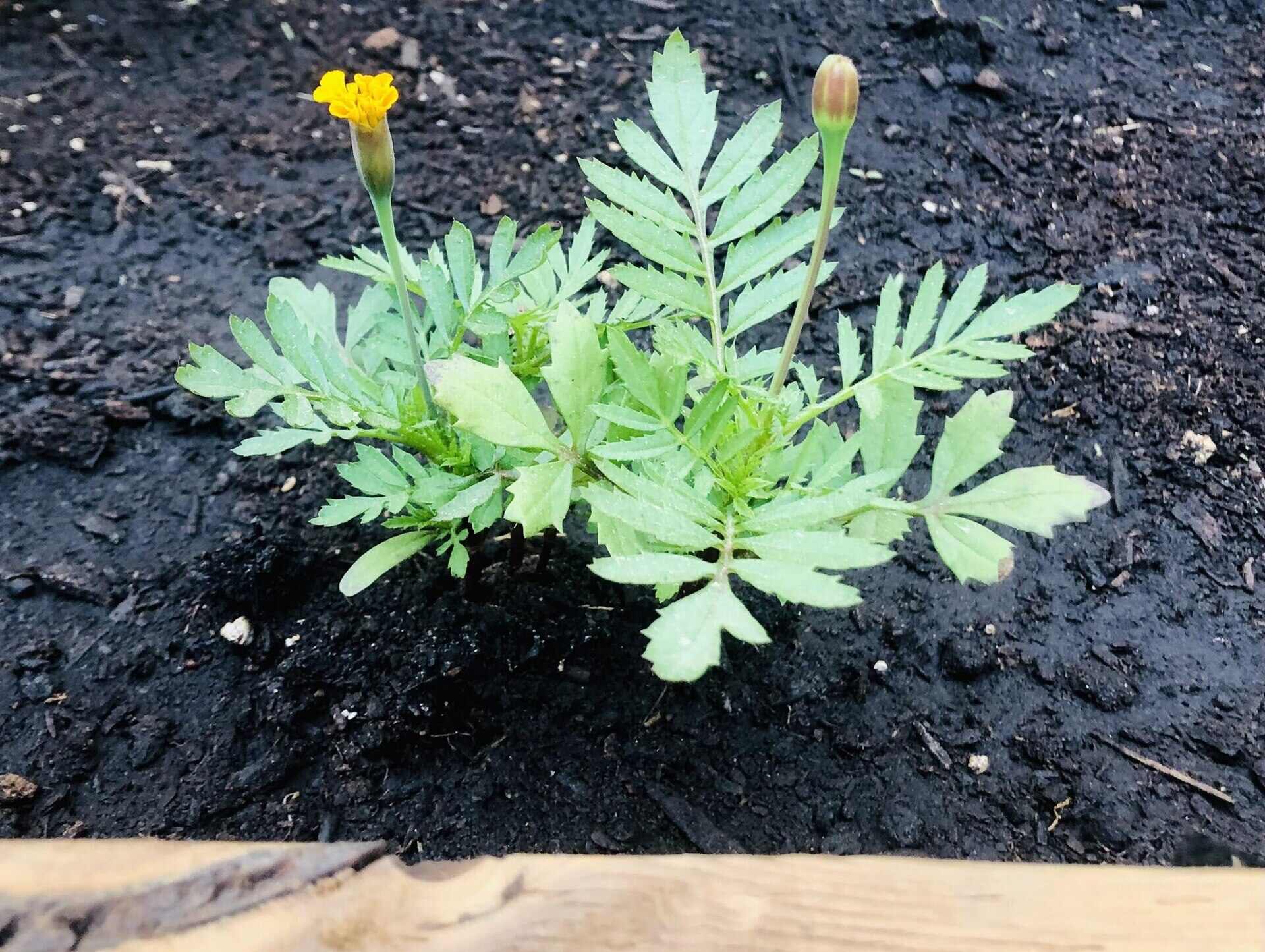
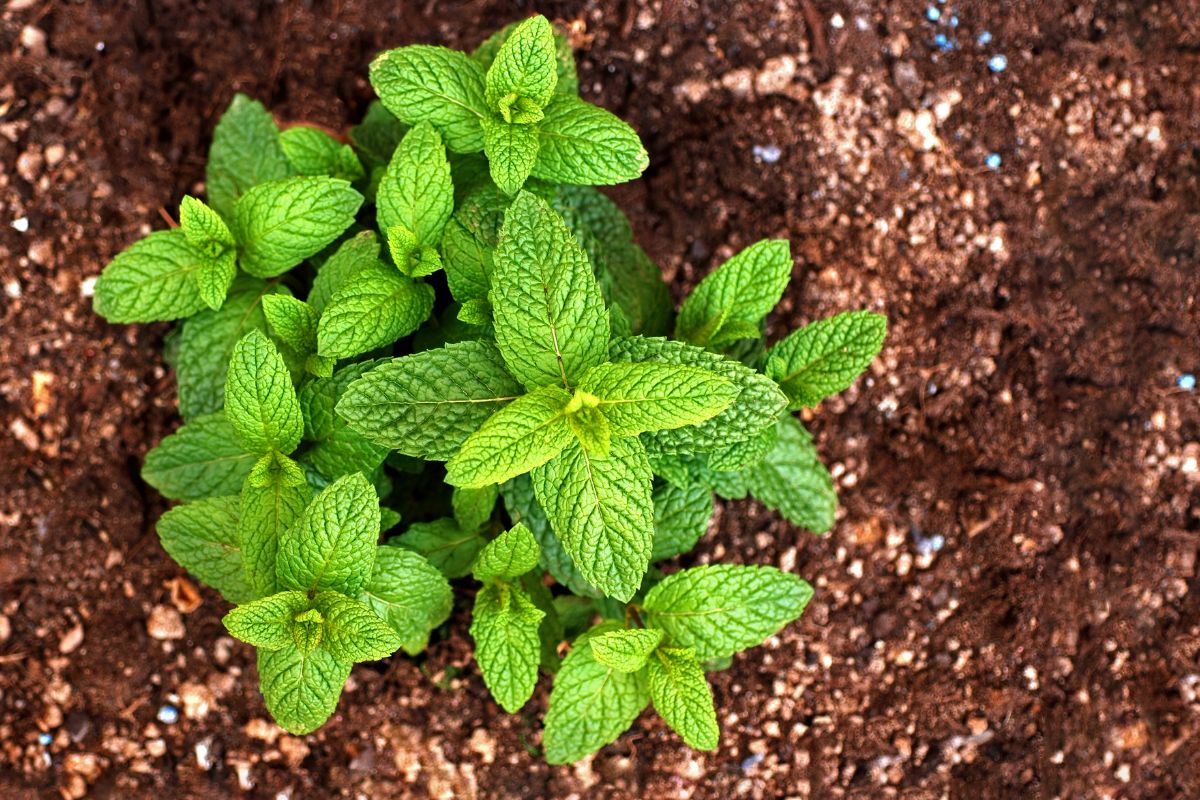
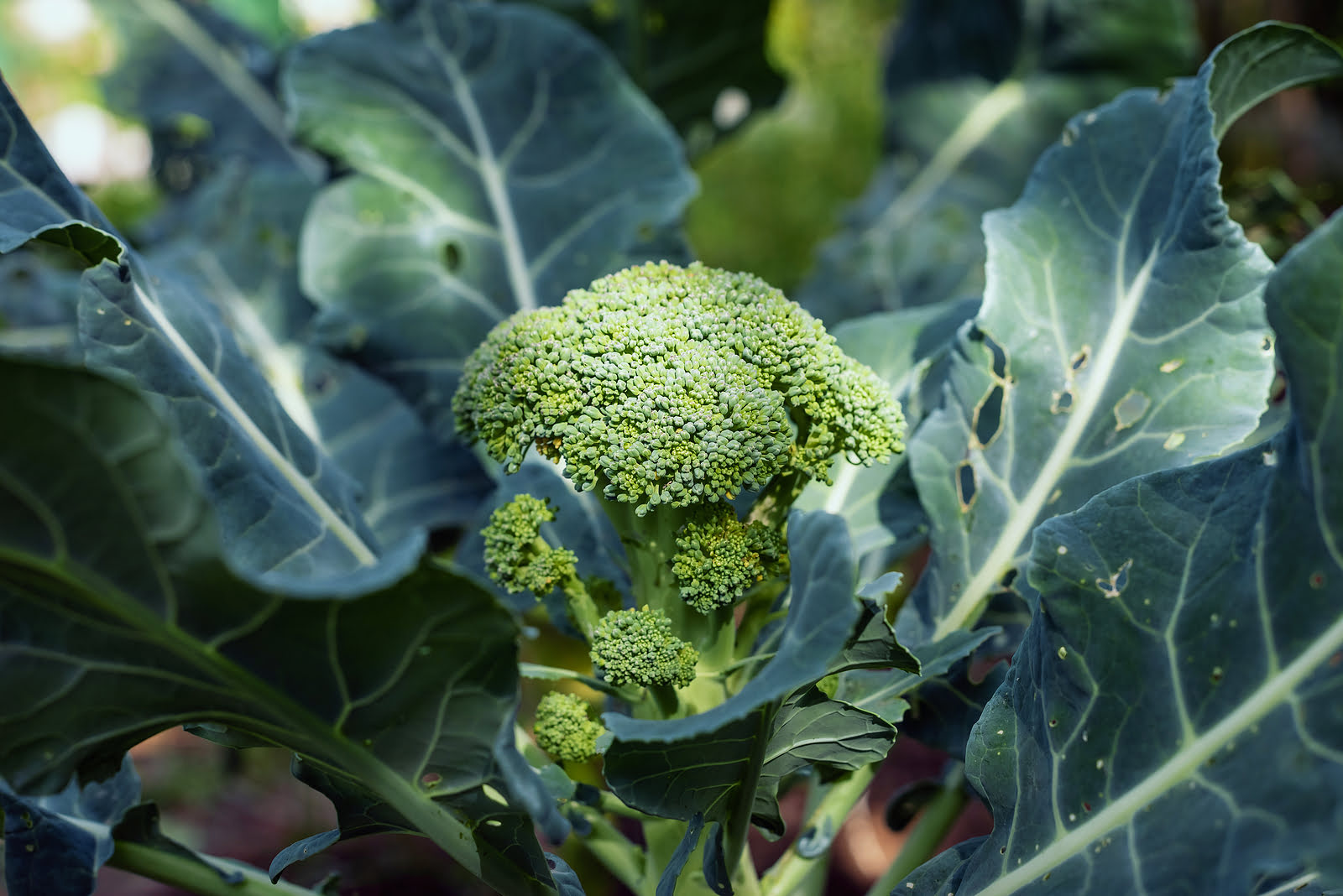
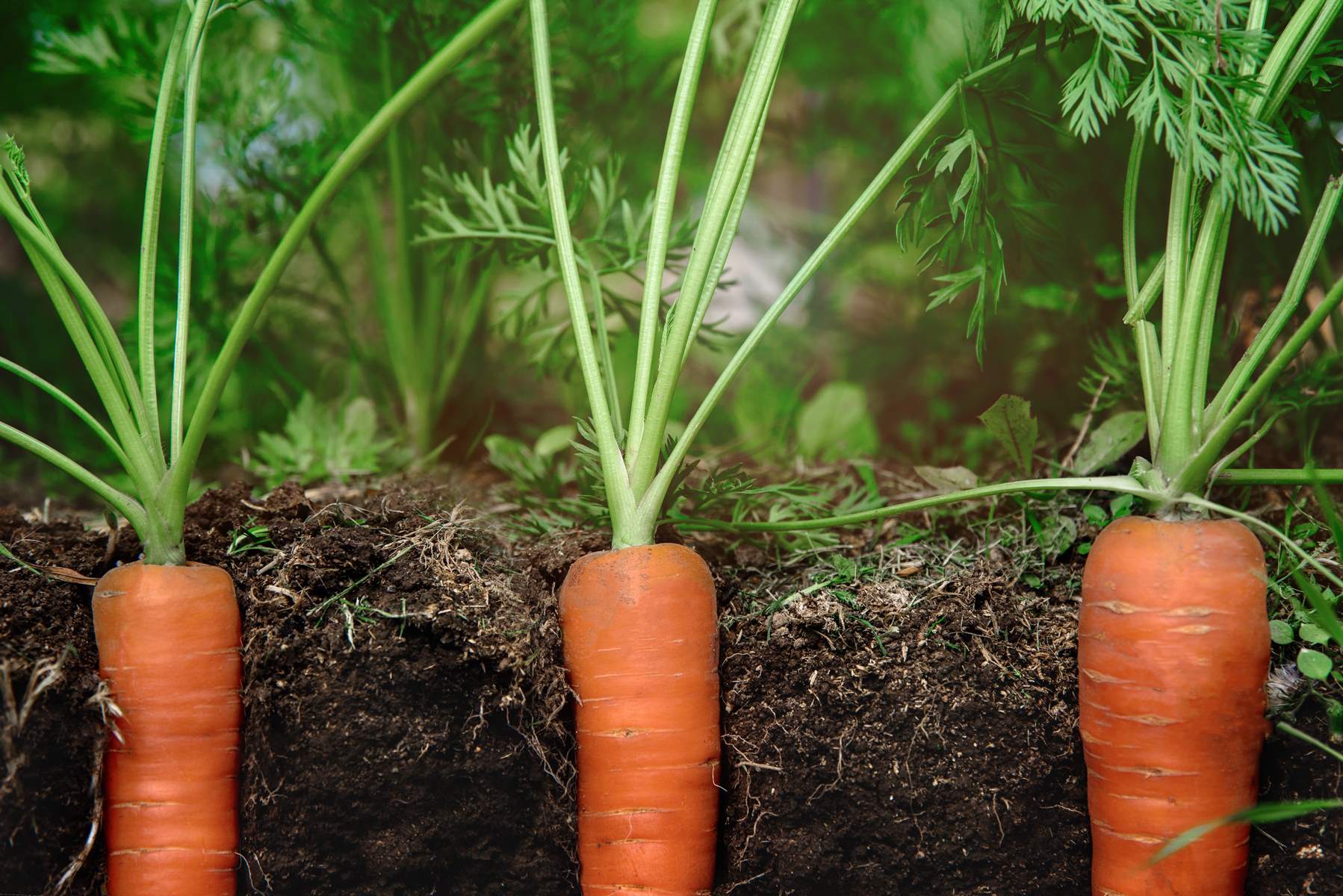
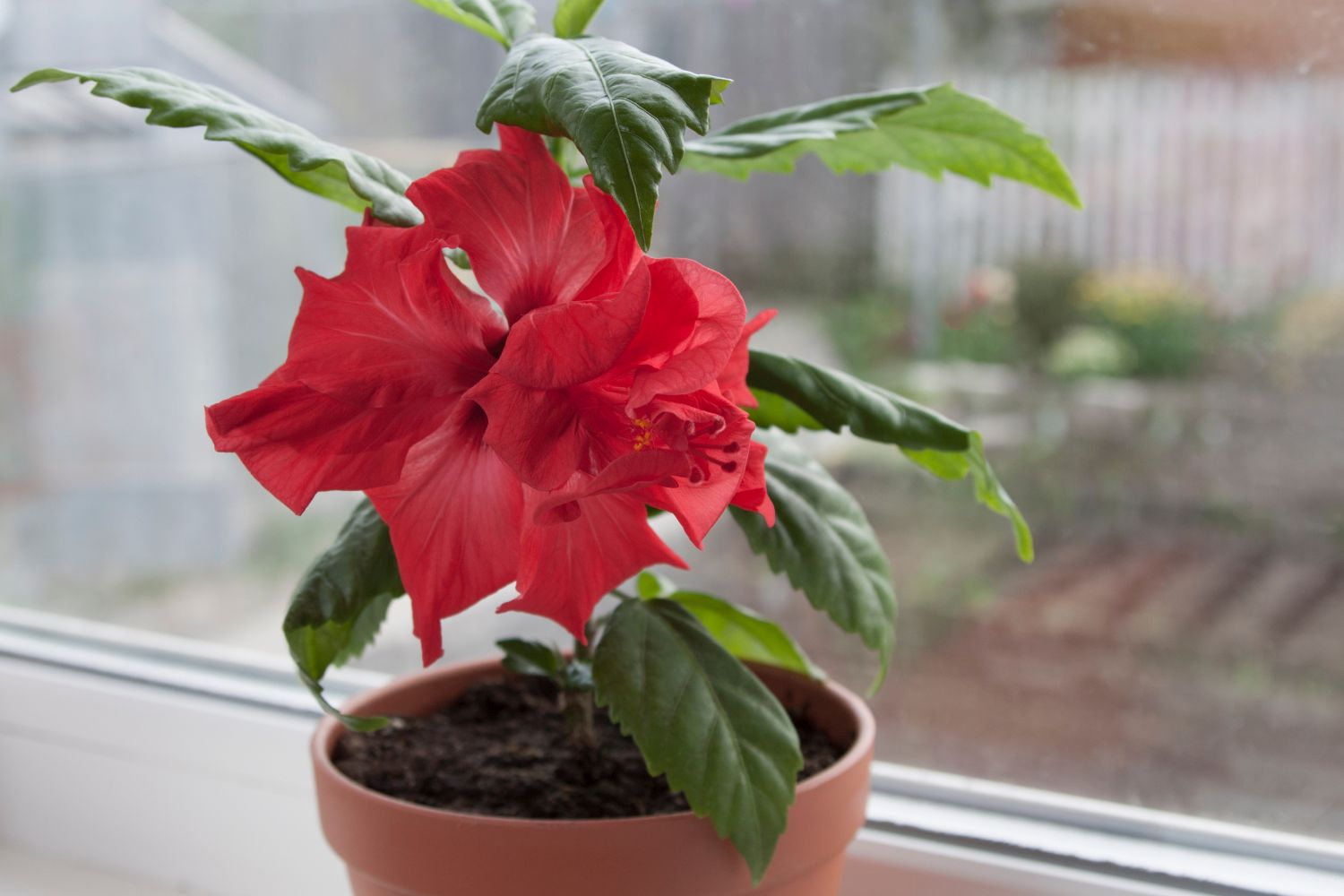

0 thoughts on “How Long Does San Pedro Take To Grow From Seed”